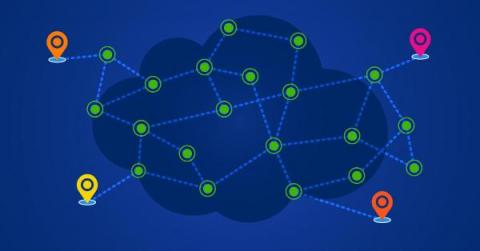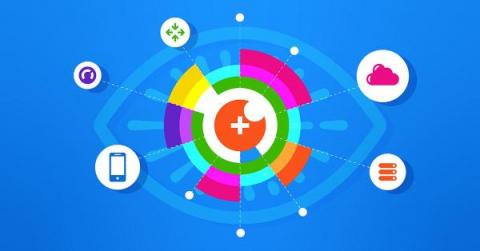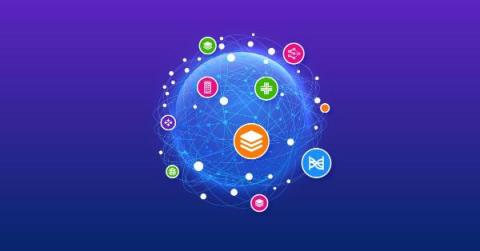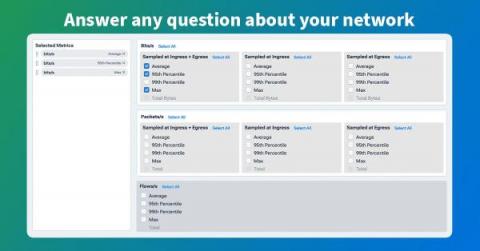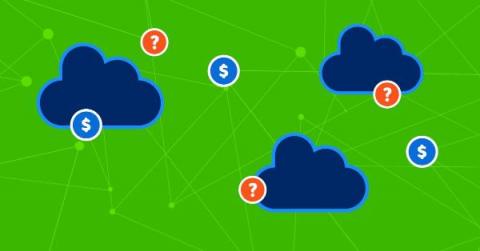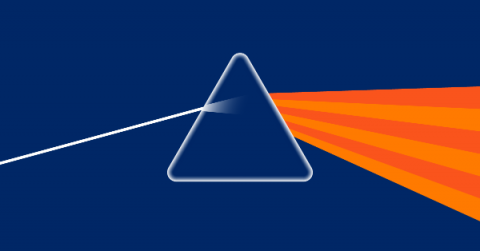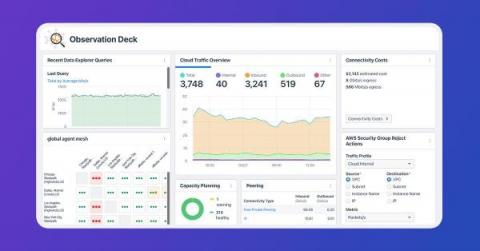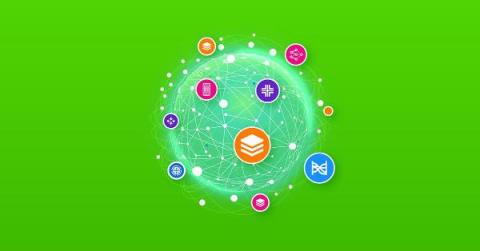Today's Enterprise WAN Isn't What It Used To Be
For most enterprise NetOps teams, a discussion about the WAN is a discussion about the cloud. Whether it’s as simple as ensuring solid connectivity with a SaaS provider or designing a robust, secure, hybrid, and multi-cloud architecture, the enterprise wide area network is all about connecting us to our resources, wherever they are.


